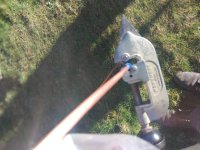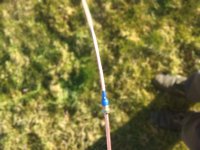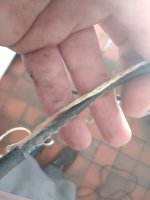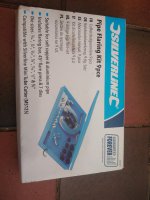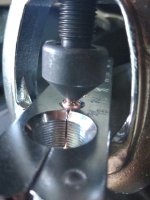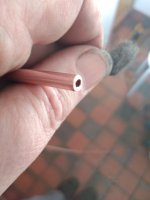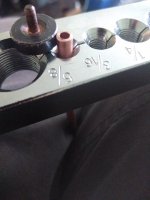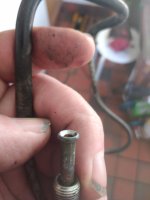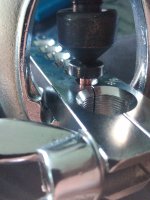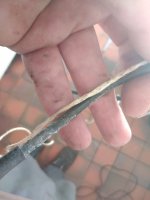You don't need expensive fancy tools to make a new pipe like this
This will get the job done, yes it's easier with more expensive tools
It's best to remove the old pipe in one piece, but it's not always possible. Here is one the goes across the bulkhead, behind a clutch cable, evap, fuse box and so on. I have cut the pipe in the middle and pre form half and feed the rest through and bend in situ.
Measure around the curves with a piece of string and cut to length
Pipe cutter dosnt leave any swarf and leaves a nice and square end
Don't forget to put the connectors on first, if you tape them a few inches back from the end it saves any heart ache later on
The pipe cutter will leave a little ridge in the center
Which can be knocked off with a small drill
And the sharp edge knocked off with wire wool
Square, and no burs is the important
Should look like this
And ready to be clamped, For me trial and error showed just below the button height gave best results
Make sure the button sits square and flush
And mash it down until the there is no gap
And it should look like this, You may have to remove the button with pliers
One last step, but this is where it can all go wrong, push the cone in until the flare looks right. Don't just mash it down tight. For me it's one and a half turns of the handle
Its better to be slightly too shallow than too deep, when you tighten the fitting down it will form and seat properly




